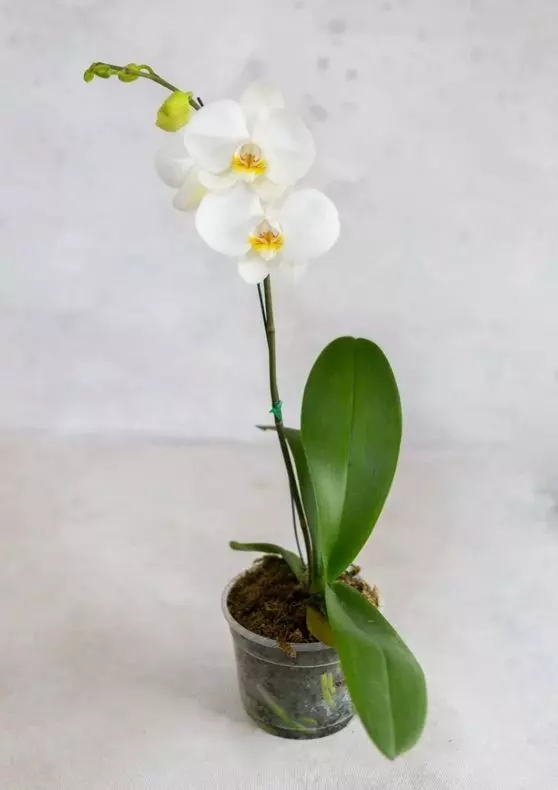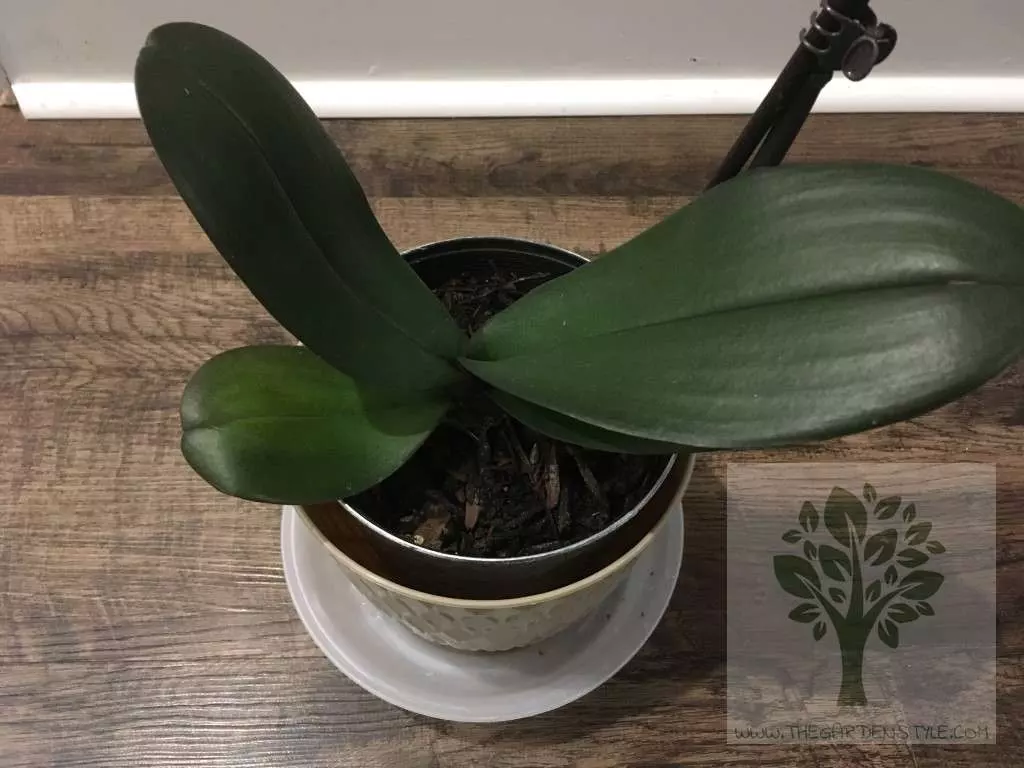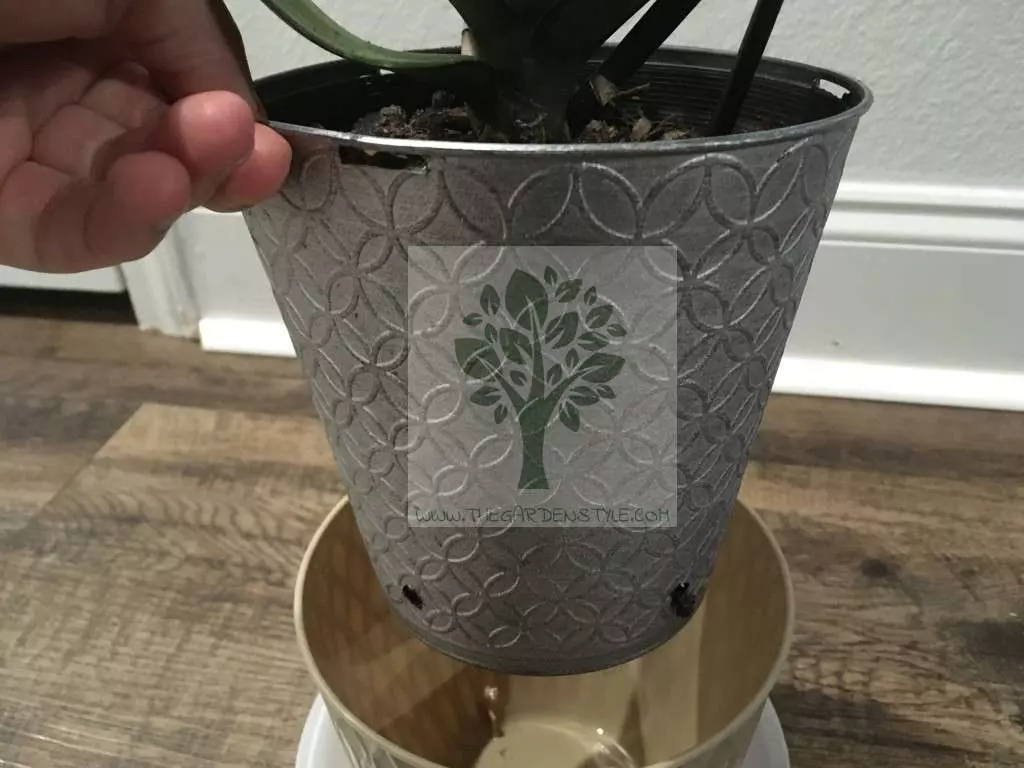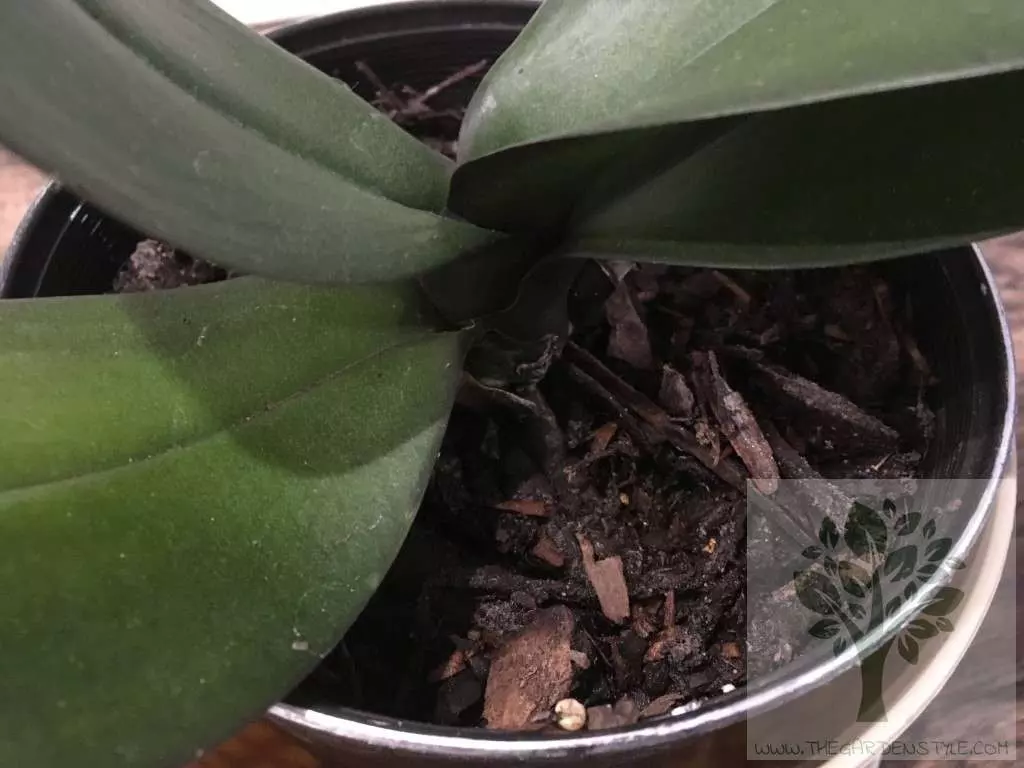Orchids are a whole family of plants highly appreciated in gardening and decoration for their large flowers of striking shapes and colors. The family is huge, with more than 25,000 species, and therefore there is a great diversity of aspects among them, and even of needs. However, orchids are notorious for being very difficult to take care of and, for this reason, many beginner enthusiasts do not dare to get one of these beautiful plants. Learn all about how often to water orchids in this article.
Table of Contents
How Much Water Orchids
Overwatering is one of the biggest problems that kill orchids in homes. These tropical plants are used to living in humid environments and constantly absorb moisture with their exposed roots. However, over-watering waterlogs the plant and it is very easy for the plant to die.
Each of them has different watering needs since there are orchids whose roots are visible and let us know with their color when the orchid needs water, while others have pseudobulbs in which they store water, which diminish when the plant needs watering.
Since there is no universal formula for when to water orchids, you should know what species of orchid you have, and find out what its specific needs are. If you are in a hurry and don’t have access to this information immediately, you can focus on watering your orchid when its substrate is about to lose moisture completely. To make sure of this, try sticking your finger or a wooden stick carefully into the soil or substrate to check the moisture level of the substrate. Also, in the case of orchids with exposed roots, keep in mind that when they are hydrated, they are green and, on the other hand, when the roots are white, they need water because they have already dried out.
Obviously, in colder homes orchids will require less continuous watering, while in warmer homes they will require more water. So, more or less, there will be climates where it is cooler and you can let 10 or 15 days pass between watering and, on the other hand, other climates where it is very hot and you will have to water 1 or 2 times a week because the water in the environment will evaporate much faster.

How to Water Orchids
Orchids are usually kept in special pots for this type of plant, with drainage holes in the base and sides, and sometimes made of a transparent material that allows their roots to be seen, precisely to have a better indicator of humidity and to allow lighter to reach them.
Once you have made sure that the pot has drainage holes and that the substrate is light enough to allow water to pass through quickly, you can water your orchid following these steps and tips:
1- Take your plant and place it under a constant gentle stream of water. If you can use an accessory to spread the stream instead of concentrating on a single beam, such as a light shower, use it.
2- Hold the plant underwater for one minute, checking that all excess water drains out of the drainage holes without stagnating in the pot.
3- After that minute, remove the orchid from the water, as it will have already absorbed much of the water it needs.
4- At this point, it is important to note that most of the water has already been drained. If the soil or substrate retains a lot of water, the substrate is too dense for the orchid and you will have to change it for a lighter one, as it runs the risk of drowning.

Orchid Watering by Immersion
Fill a somewhat deep dish with water.
Place the orchid in the water, making sure first that it has a suitable substrate and a pot with holes that allow good drainage.
Let the plant absorb the water through the roots for a maximum of 10 minutes, but if before this time you see that all its roots are already green, you can remove the plant from the dish with water. You will then have noticed that the water level has dropped a lot and that the color of the roots has changed from a whitish to a healthy green color.
Leave the pot in another larger, empty container, sink, shower, or bathtub to drain the excess water so that it does not return to the roots. If you have used a container without a drain, be sure to empty the container until the orchid is no longer spilling water.
Once you see that no more water is coming out of the orchid’s pot, leave it back in its usual place to allow sunlight to reach it.
In addition to this, it is advisable to carry out the watering in the morning, so that the plant has all day to eliminate the excess humidity thanks to the sun’s heat. Also, keep in mind that orchids also appreciate being sprayed several times a day, with little water, to simply maintain a high level of humidity around their leaves and flowers.

Common Mistakes When Watering Orchids
Finally, here are some of the most common mistakes when watering orchids so that you can avoid them and take better care of your plant:
1- As we have already said, the most common and dangerous mistake is watering too often. Orchid roots rot very easily when the humidity in the soil is excessive, so be sure not to overwater.
2- Another common mistake is to water orchids at night. Nighttime conditions cause water to stagnate not only in the soil but also in the plant’s leaves or flowers, which attracts diseases such as fungus.
3- Finally, another common mistake is not knowing what type of orchid we have and, therefore, not knowing how to recognize when it needs water. You have to know the plant and know how to pay attention to it to take care of it properly, so look at the color of its roots, which will change when it needs water or the pseudobulbs in which it stores liquids, which if they are too thin in their growing season, it will mean that they need watering.
Learn more about Orchid Yellow Leaves: Causes and How to Cure

